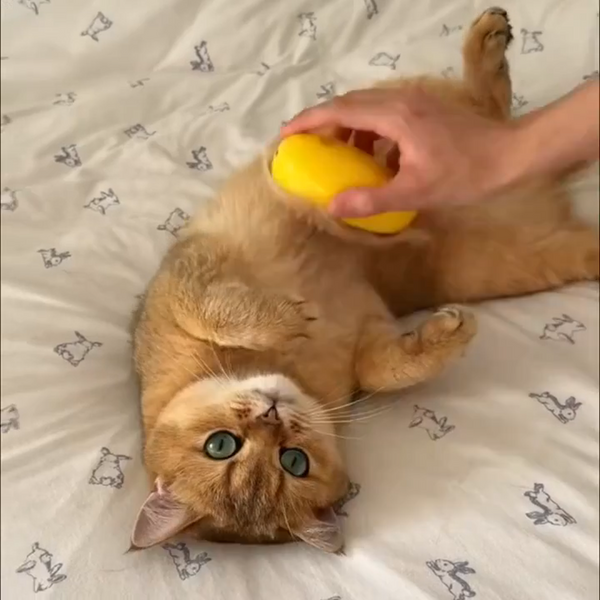Grooming your pet is an essential part of their overall health and well-being. Not only does it keep them looking their best, but it also helps prevent certain health issues. If you've ever wondered how to groom your pet like a pro, you're in the right place. In this blog post, we'll answer some frequently asked questions about DIY pet grooming and provide you with some helpful tips to make the process easier.
Q: How often should I groom my pet?
A: The frequency of grooming depends on the type of pet you have. Dogs with longer hair or those prone to matting may need grooming every 4-6 weeks, while shorter-haired dogs may only require grooming every 8-12 weeks. Cats generally groom themselves, but regular brushing can help prevent hairballs and keep their coat healthy.
Q: What tools do I need for DIY pet grooming?
A: The basic grooming tools you'll need include a brush or comb, pet-friendly shampoo, nail clippers, and ear cleaning solution. For dogs with longer hair, you may also need thinning shears or clippers. It's important to use tools specifically designed for pets to ensure their safety and comfort.
Q: How do I brush my pet's fur?
A: Brushing your pet's fur not only removes loose hair but also helps distribute natural oils and prevents matting. Start by gently brushing in the direction of hair growth, using a brush or comb suitable for your pet's coat type. Be extra careful around sensitive areas like the face and belly. If you encounter any tangles or mats, use a detangling spray or seek professional help.
Q: How do I trim my pet's nails?
A: Trimming your pet's nails can be a bit intimidating, but with practice, it becomes easier. Use pet nail clippers and make small, gradual cuts to avoid cutting the quick (the sensitive part of the nail). If you're unsure, it's best to consult a veterinarian or a professional groomer for guidance.
Q: How do I clean my pet's ears?
A: Cleaning your pet's ears is an important part of grooming, especially for dogs prone to ear infections. Use a pet-friendly ear cleaning solution and a cotton ball or pad to gently wipe the outer part of the ear. Avoid inserting anything into the ear canal, as it can cause injury. If you notice any redness, discharge, or a foul odor, consult your veterinarian.
Q: Any tips for making the grooming process easier?
A: Absolutely! Here are a few tips to make DIY pet grooming a breeze:
- Start grooming your pet from a young age to get them used to the process.
- Use positive reinforcement, such as treats and praise, to reward your pet during grooming sessions.
- Take breaks if your pet becomes anxious or stressed. It's important to keep the experience positive for them.
- Consider enlisting the help of a professional groomer for certain tasks, especially if you're unsure or uncomfortable.
Grooming your pet like a pro doesn't have to be a daunting task. With the right tools, knowledge, and a little patience, you can keep your furry friend looking and feeling their best. Remember, if you have any concerns or questions about grooming, don't hesitate to reach out to your veterinarian or a professional groomer for guidance.












